The Atomic Physics and Optical Science Group consists of 5 Research Fellows and 1 adjunct Research Fellow. The research fields cover: (1) Development of intense ultrafast lasers and their applications in high-field physics, plasma physics, and nonlinear optics; (2) development of light-based methods for fabricating materials and controlling bio-organisms and their applications; (3) Quantum optics and quantum information science based on cold atoms and solid-state spins in diamond. (4) Quantum computing and simulation based on Rydberg-interacting neutral atoms. (5) Theoretical and experimental studies on ultracold atomic gases, including superfluidity, synthetic gauge fields, and spinor condensates.
Jyhpyng Wang is working on high-intensity ultrafast laser technology, laser-driven particle accelerators, relativistic laser-plasma interactions, plasma nonlinear optics, ultrafast x-ray and long-wavelength infrared sources. The principal experimental facility is a versatile 100-TW laser system continuously upgraded and maintained by his research team in National Central University.
Ying-Cheng Chen is working on the optical quantum memory based on electromagnetically induced transparency with cold atomic media, as well as its application to quantum information science. He is also studying the cooperative radiation phenomena such as superradiance and subradiance with optically dense cold atomic media. Ying-Cheng Chen also collaborates with Yu-Ju Lin, Hsiang-Hua Jen, and Yang-Hao Chan on a joint project to realize quantum computing and simulation with Rydberg-interacting neutral atoms. Ming-Shien Chang and Yu-Ju Lin are working on experiments of ultracold quantum gases. Ming-Shien Chang focuses his study on the investigation of quantum dynamics and quantum phases of spinor condensates, while Yu-Ju Lin is investigating spin-orbital-angular-momentum coupling with synthetic gauge potentials. Ming-Shien Chang also collaborates with Huan-Cheng Chang and Hsiang-Hua Jen on the quantum sensing and quantum optics utilizing ground states spins of nitrogen vacancy centers in fluorescent nanodiamonds. Hsiang-Hua Jen focuses on the theoretical studies of the cooperative spontaneous emissions, chiral quantum emitters, and continuous entanglement entropy. He is also working on the collective effect of dipole-dipole interactions on electromagnetically induced transparency in dense cold atoms and non-Hermitian physics in an optical atomic mirror.
The adjunct faculty, Sungkit Yip is devoted to theoretical investigations of superconductivity and ultra-cold atomic gases, especially multi-component bosonic and fermionic systems, superfluidity and pairing in fermionic atoms, quantum magnetism in optical lattices and other strongly correlated phenomena. He is in collaboration with Yu-Ju Lin and Ming-Shien Chang.
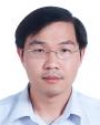
Ying-Cheng Chen
Research Fellow
QUANTUM OPTICS LABORATORY
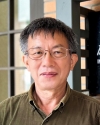
Jyhpyng Wang
Research Fellow
HIGH-FIELD PHYSICS AND ULTRAFAST TECHNOLOGY LABORATORY
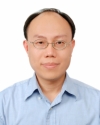
Ming-Shien Chang
Associate Research Fellow
ULTRACOLD ATOMIC PHYSICS LABORATORY
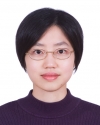
Yu-Ju Lin
Associate Research Fellow
ULTRACOLD ATOMIC PHYSICS LABORATORY
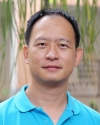
Hsiang-Hua Jen
Assistant Research Fellow
THEORETICAL QUANTUM OPTICS AND ULTRACOLD ATOMS LABORATORY
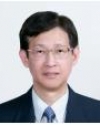
Yew Kam Ho
Adjunct Research Fellow
THEORETICAL ATOMIC COLLISIONS LABORATORY
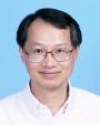
Andy Kung
Adjunct Research Fellow
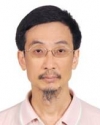
Sungkit Yip
Research Fellow
Institute of Physics, Academia Sinica
COLD ATOMS THEORY







